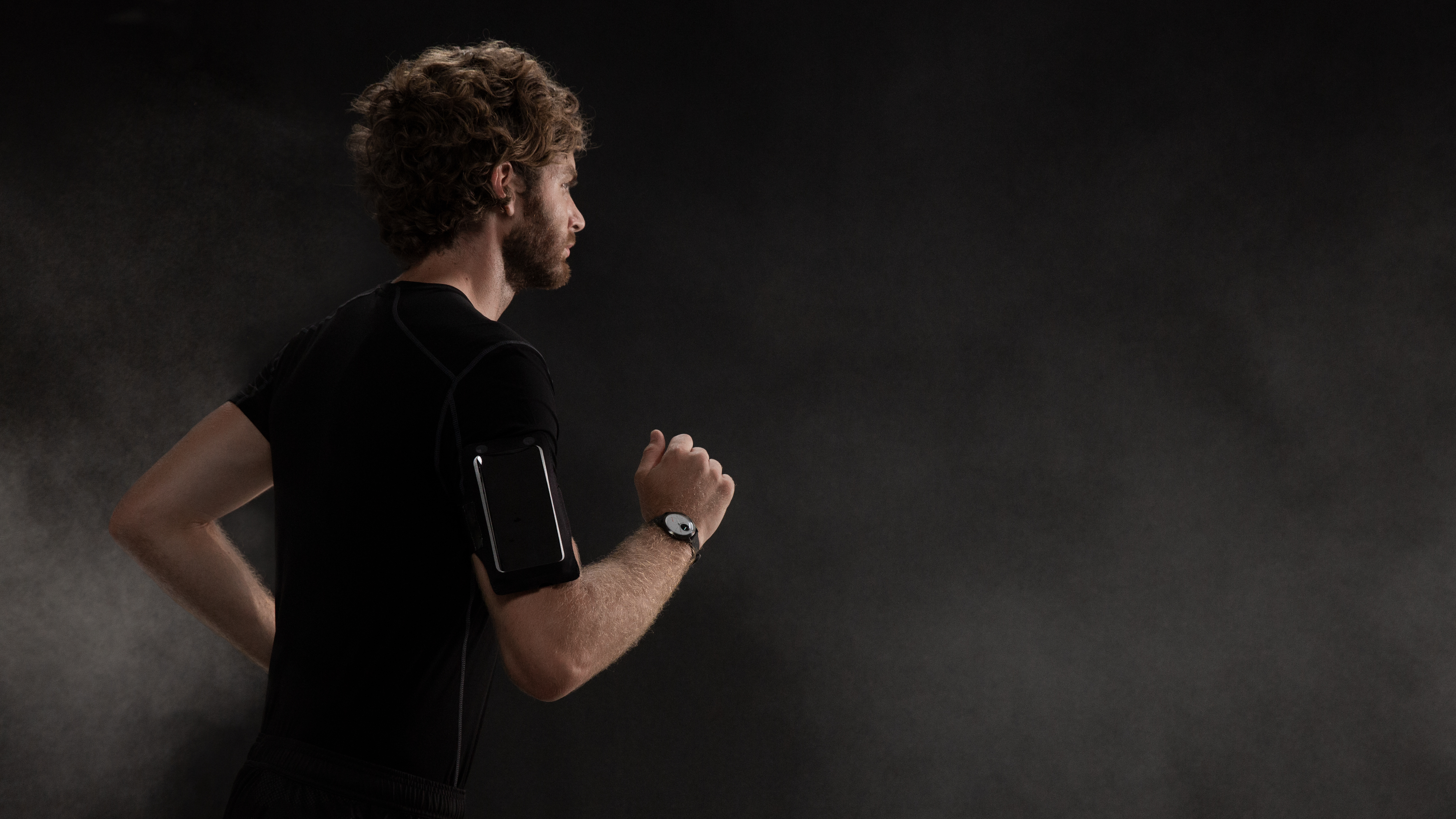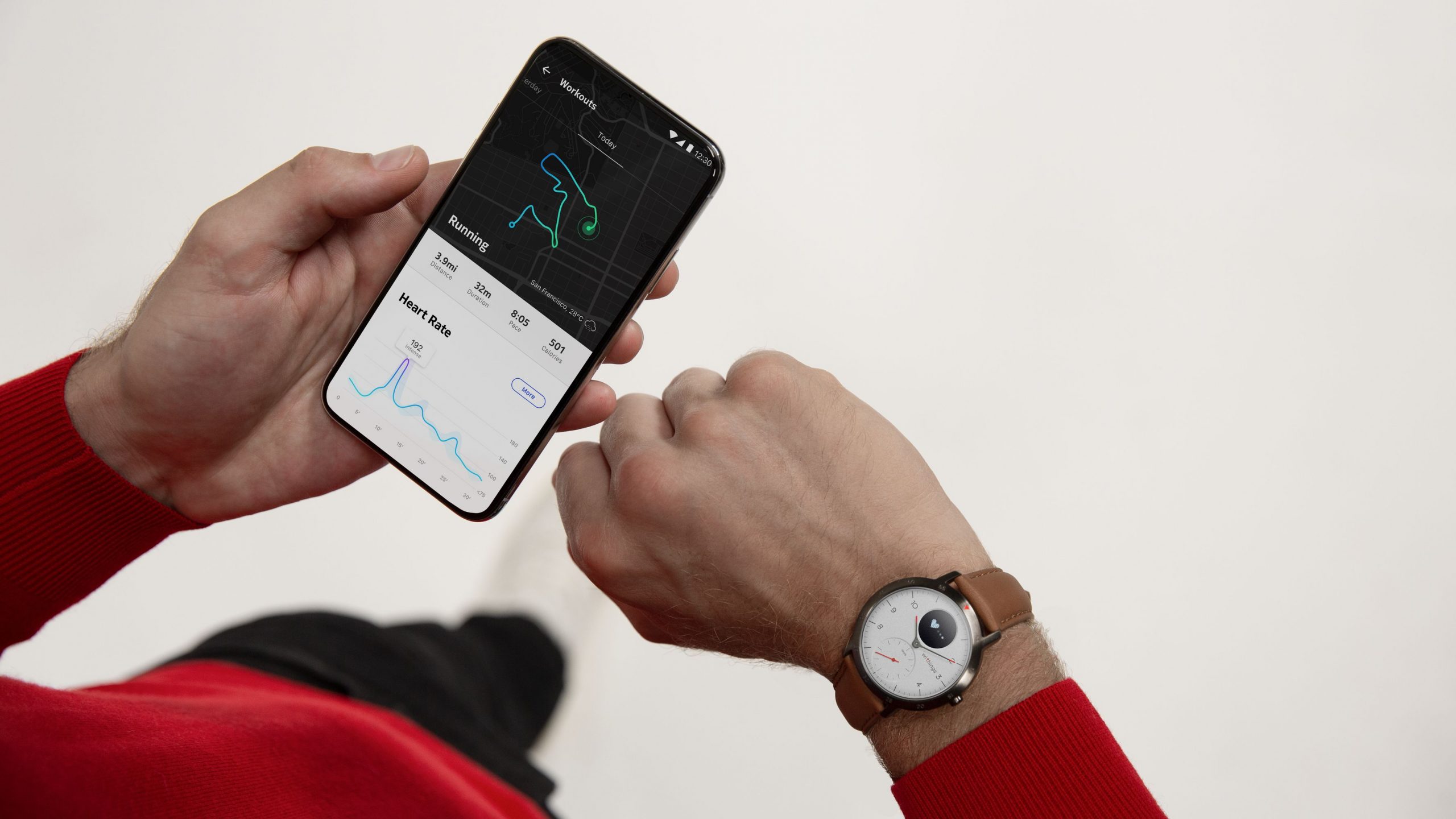
If you’re serious about personal fitness, you’ve probably come across the words “VO2 max” at some point in your training. So what does it mean? Read on for all the details.
What is VO2 max?
VO2 max is fairly simple: it’s the maximum volume of oxygen that a person can use. In other words, it’s a measurement of your ability to consume oxygen. Used by many athletes to measure their overall fitness levels, VO2 max is an excellent way to determine the strength of someone’s cardiovascular fitness. People with a high VO2 max level are able to pump more blood with each heartbeat, meaning that they’re able to transport blood to their working muscles more effectively.
There’s some debate around whether the question of whether an athlete’s VO2 max puts a ceiling on their performance, with some claiming that metabolism and muscle adaptation are more important, but in any case, it’s certainly a very important performance gauge that you shouldn’t take lightly.
How is your VO2 max measured?
VO2 max is measured by milliliters of oxygen consumed in one minute per kilograms of body weight—that is, ml/kg/min. When athletes test their VO2 max, they usually do so in a sports performance lab through a treadmill test that measures the amount of oxygen you’re using up. VO2 max is determined by the point at which an athlete’s oxygen consumption plateaus, even as exercise intensity increases. It usually takes around 10 to 15 minutes to run the test and find out someone’s VO2 max.
If you’re not an elite athlete, however, there are still ways that you can measure your VO2 max. Fitness trackers like the Steel HR Sport hybrid smartwatch estimate VO2 max through your exercise speed and heart rate to give you a sense of where your VO2 max stands.
What is a good VO2 max?
VO2 max results can range widely. The highest-ever VO2 max was recorded by the cyclist Oskar Svendsen at 97.5 ml/kg/min. Obviously, you probably won’t get up to his level! In general, athletes in sports that require greater endurance levels like rowing or running have the highest VO2 max levels. You can determine how good or poor your VO2 max is through a VO2 max chart. You can find lots of online VO2 max charts, which should give you some indication of where you stand relative to your age group.
What determines VO2 max?
Genetics and physical fitness play an enormous role. However, there are several other factors that will—at least to a certain extent—determine your VO2 max:
- Gender: Due to body size, blood volume, composition, and hemoglobin content, women’s VO2 max levels tend to be around 20% lower than men.
- Altitude: There’s less oxygen available at higher altitudes, so the higher you are, the poorer your VO2 max is likely to be. As altitude increases over 1600 meters, VO2 max decreases. For every 1000 meters that you climb above this point, VO2 max decreases by around 8–11%.
- Age: VO2 max is highest within the 18–25 age bracket and gradually decreases as people age.
How can I improve my VO2 max?
Although there is a genetic element to VO2 max, you can substantially improve it through upping the duration and intensity of your training, or simply by beginning an exercise regimen. If you’re a beginner, your VO2 max will naturally improve as you undertake more aerobic exercises like running and cycling. As you become more experienced, you’ll need to incorporate more intensity into your workout regimen to improve your VO2 max. High Intensity Interval Training (HIIT) is one of the best ways of improving, as it forces your heart to work at maximum intensity for a short period of time.
Remember, before you start or alter a training regimen, you need to consult with your doctor. This way, you can make sure that the additional exercise you’re planning is safe for you to undertake.
Want to learn more? Check out this video that explains VO2 max:



